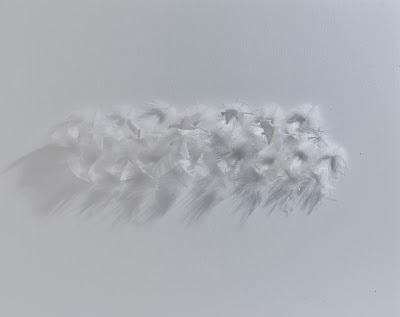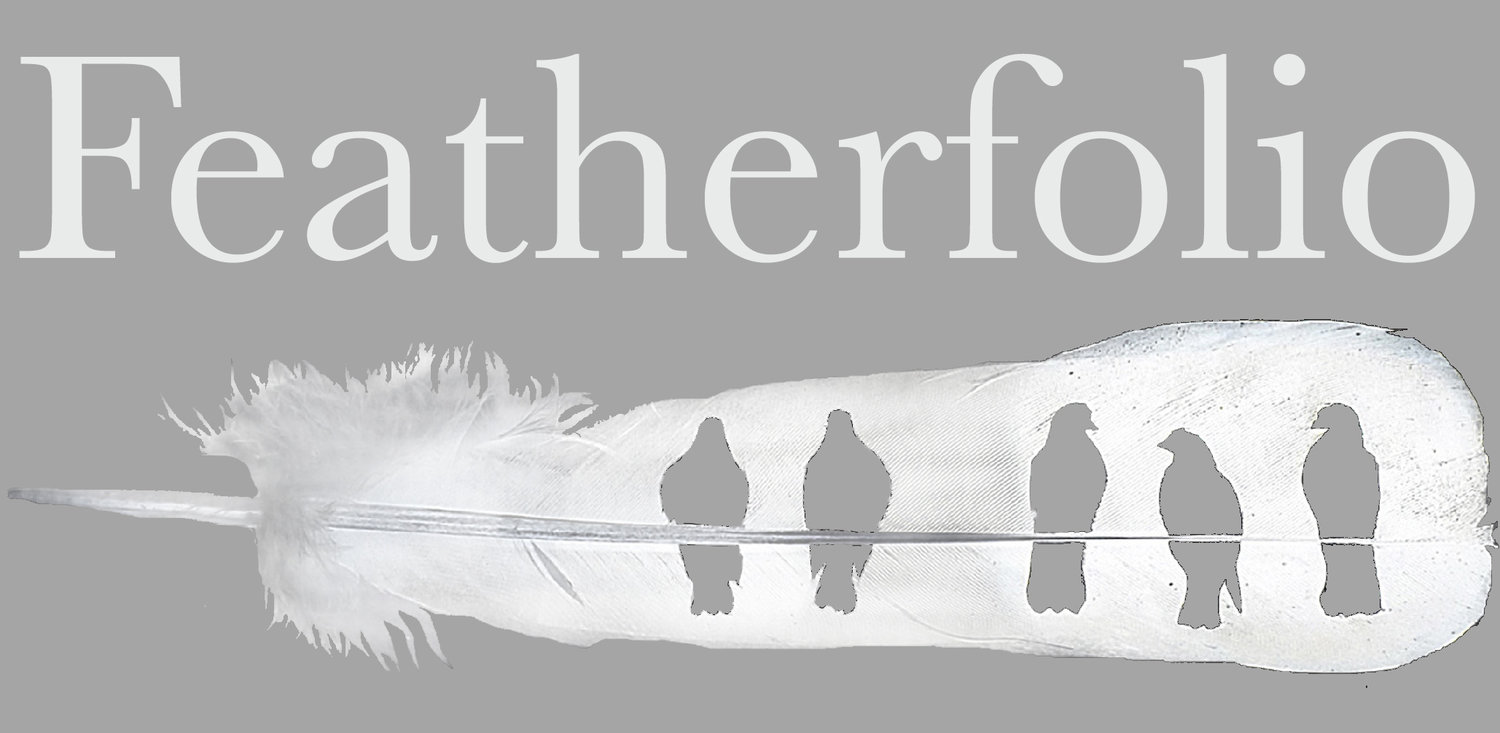
Mute swan feathers.
Someone actually counted every feather on a swan and came to the conclusion that they have more feathers than any other bird on earth. I’m not sure that is true although it is the generally accepted or at least most widely quoted figure: 24,000. Take the numerous outer feathers away on a bird like this and you have essentially along underwear-like layer of soft down feathers.
Everyone knows a swan is all white. The all-white swan is beautiful and often triggers notions of the meaning of white, like purity and angels. But white feathers are weaker and less durable than black ones. Why? It has to do with the protein melanin, the same stuff that makes light-skinned people tan and gives some people freckles. Melanin in feathers strengthens them against wear and also makes them black or reddish brown. Many large birds need their primary flight feathers to last a long time. A lot of mostly-white birds have black feathers where they need the strength and durability—in the flight feathers. White pelicans, snow geese,, white stork, wood stork, and many seagulls are mostly white except for their primary flight feathers.
So then why is the Black Swan from Australia is all black except the tips of the wings white? I don’t know for sure but assume that it’s because swans just keep their wings folded in when they feed, so except for flying, they don’t have to worry as much as other birds about wear and tear on their wing feathers.
I have been working a little with Martha Jordan of the Trumpeter Swan Society whose work includes rehabilitating, protecting, and reintroducing Tundra Swans.
